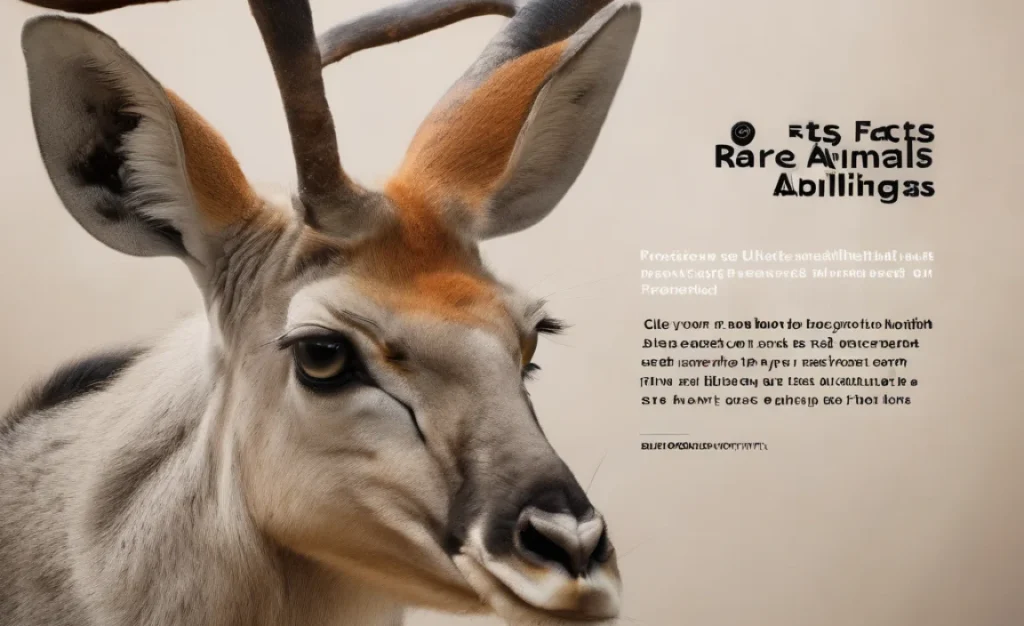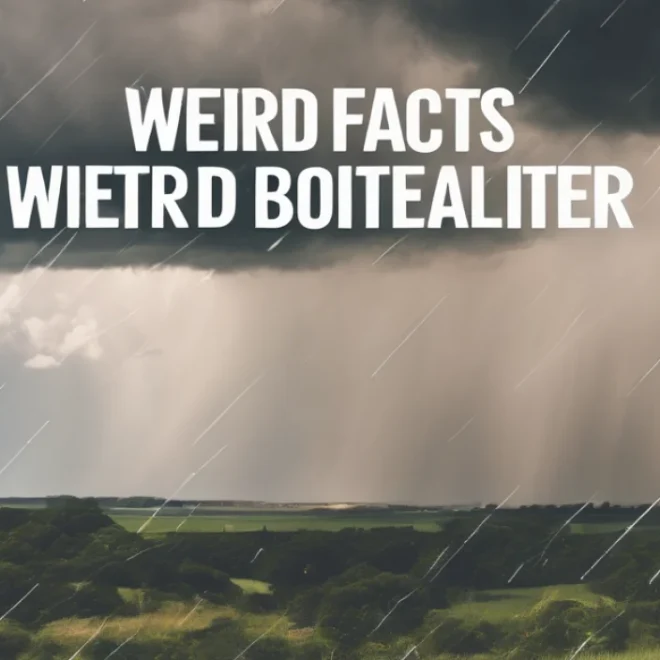Have you ever wondered about the amazing animals that live on our planet? Some animals are so rare that people hardly ever see them. These creatures have unique traits and live in special places. Learning facts about rare animals can be like discovering hidden treasures. Are you ready to explore these fascinating creatures and see what makes them special?
Key Takeaways
- Rare animals have unique adaptations for survival.
- Many rare animals live in remote locations.
- Some rare animals are endangered and need protection.
- Learning facts about rare animals is fun and exciting.
- Conservation helps protect habitats of rare animals.
Amazing Facts About Rare Animals
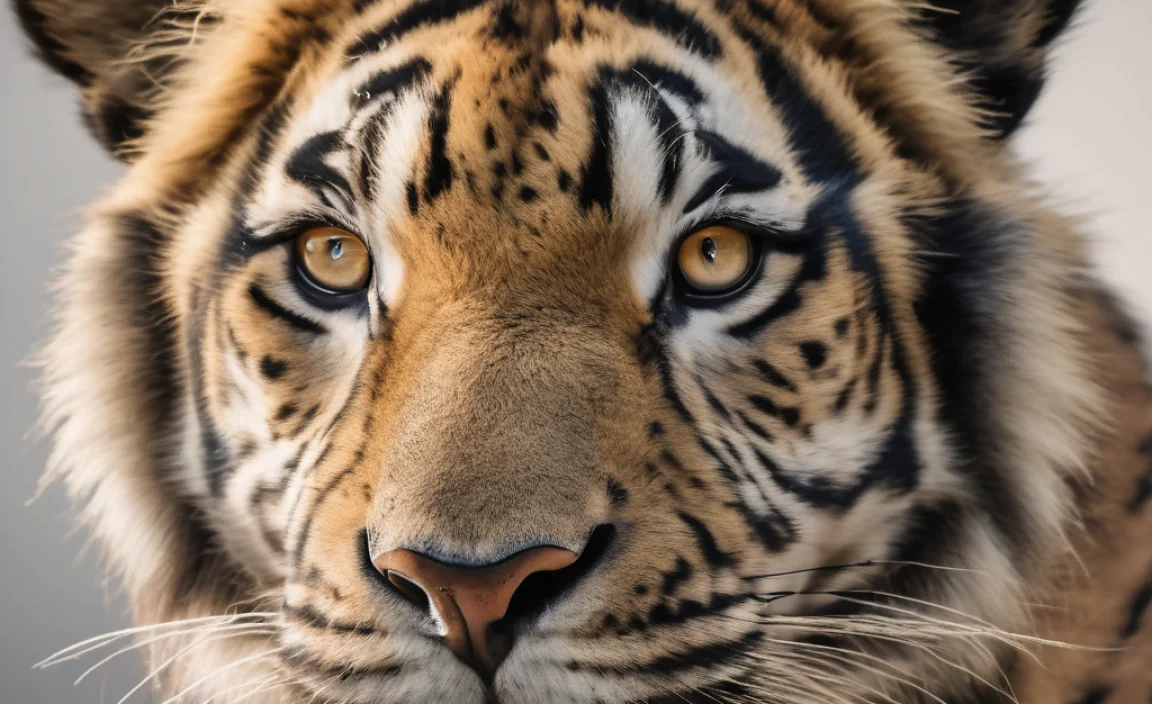
Have you heard of the axolotl? This rare animal is a type of salamander. It never grows up completely. Axolotls stay in their larval stage their whole lives. They have the amazing ability to regrow their limbs. They can even regrow parts of their heart and brain. This makes them unique in the animal kingdom.
- Axolotls live in lakes and canals in Mexico.
- They have feathery gills on their heads.
- Axolotls can be different colors, like pink or brown.
- They eat small fish and insects.
- Axolotls are critically endangered.
Scientists study axolotls to learn about regeneration. Their ability to regrow body parts could help humans one day. Sadly, these creatures are in danger because of pollution and habitat loss. Protecting their environment is very important for their survival.
Fun Fact or Stats : Axolotls are known as “walking fish,” but they’re not fish at all!
Where Do Axolotls Live?
Axolotls live in the wild in only one place: Mexico City. Specifically, they are found in water bodies like Lake Xochimilco. This lake is shrinking, putting axolotls at risk. What can people do to help? Efforts are being made to clean the water and protect their habitat. It’s a big job, but it can save these unique creatures.
Why Are Axolotls Endangered?
The number of axolotls is decreasing. This is because of pollution and invasive fish. These fish eat small axolotls and their food. People are trying to save them by creating clean water areas. These efforts aim to give axolotls a better chance to survive. Do you think these efforts will succeed? Only time will tell.
How Do Axolotls Regrow Body Parts?
Axolotls have special cells that help them heal injuries. These cells allow them to regrow lost body parts. Scientists are studying these cells closely. They hope to use this knowledge to help humans in the future. Isn’t it amazing what we can learn from these small creatures? Their ability to heal is a natural wonder.
Facts About The Vaquita
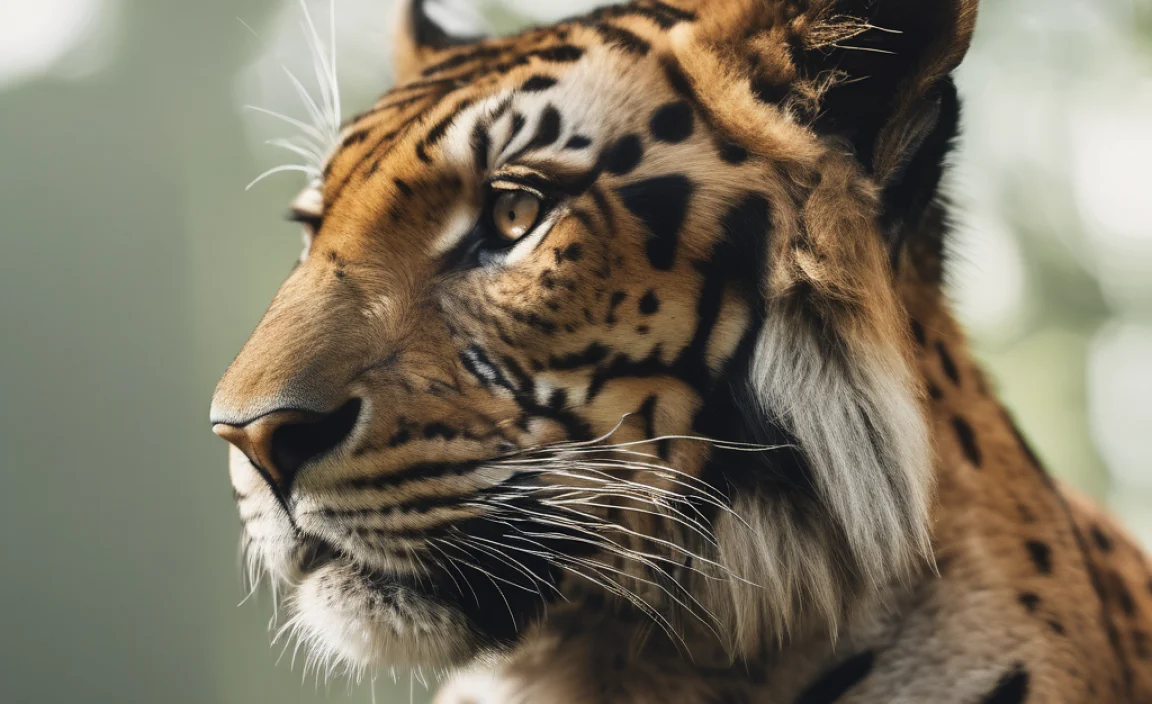
The vaquita is the world’s rarest marine mammal. It looks like a small dolphin. Vaquitas live only in the northern part of the Gulf of California. They are shy and hard to spot. Vaquitas use clicks to communicate and find food in the murky water. These clicks are unique to each vaquita.
- Vaquitas are critically endangered.
- They have a black ring around their eyes.
- There are less than 10 vaquitas left in the wild.
- They eat small fish and squid.
- Vaquitas die in illegal fishing nets.
The main danger to vaquitas is illegal fishing. Fishermen use nets to catch another fish called totoaba. These nets accidentally trap vaquitas. Conservationists are working hard to remove these nets. Protecting vaquitas is urgent. Without immediate action, they might soon be gone forever.
Fun Fact or Stats : Vaquitas have the smallest range of any marine mammal!
Where Do Vaquitas Live?
Vaquitas are native to the Gulf of California in Mexico. They prefer shallow waters near the shore. This area is rich in food and provides a perfect home. However, human activities threaten their habitat. What can be done to protect their home? People are trying to reduce harmful fishing practices.
Why Are Vaquitas Endangered?
Vaquitas are endangered because of illegal fishing activities. Fishermen use large nets to catch totoaba fish. Vaquitas get trapped in these nets and drown. Conservationists are removing these nets to save vaquitas. They are also raising awareness about the vaquita’s dire situation. Will these efforts be enough?
How Can We Save The Vaquitas?
Saving the vaquitas requires international help. Governments need to enforce stricter fishing laws. People can support organizations working to remove the nets. Awareness campaigns are also crucial. They educate the public on how to help. It’s a race against time to save these beautiful creatures.
Interesting Features of the Aye-Aye
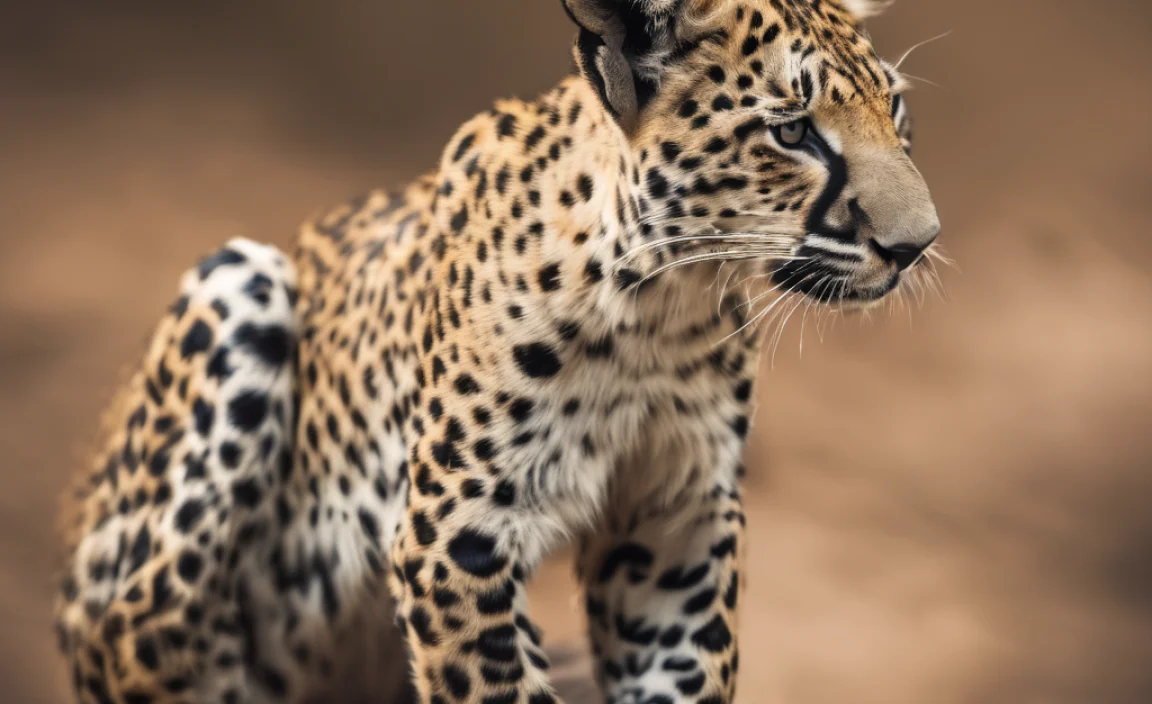
The aye-aye is one of the world’s strangest primates. It looks like a mix between a bat and a monkey. Aye-ayes live only on the island of Madagascar. They have big eyes and large ears. Their long, thin fingers are perfect for finding food in tree bark. Aye-ayes use their fingers to tap on trees, listening for insects inside.
- Aye-ayes are nocturnal and active at night.
- They are a type of lemur.
- Aye-ayes are believed to bring bad luck in local folklore.
- They have a bushy tail, longer than their body.
- Aye-ayes are critically endangered.
Aye-ayes are unique because of their hunting technique. They use their middle finger to fish out insects from holes. This feeding method is called “percussive foraging.” Sadly, aye-ayes face danger from habitat destruction and hunting. Their survival depends on preserving Madagascar’s forests.
Fun Fact or Stats : Aye-ayes have the largest brain of all lemurs!
Where Do Aye-Ayes Live?
Aye-ayes are native to Madagascar, an island off Africa’s coast. This island is home to many rare animals. Aye-ayes live in rainforests and spend their time in trees. Human activity is destroying these forests, putting aye-ayes at risk. Conservation efforts focus on protecting their habitat.
Why Are Aye-Ayes Endangered?
Aye-ayes are endangered due to deforestation and superstition. People cut down forests for farming and logging. Some locals believe aye-ayes bring bad luck, leading to hunting. Conservationists are working to change these beliefs and to protect forests. Can they make a difference?
How Do Aye-Ayes Find Food?
Aye-ayes have an unusual way of finding food. They tap on tree trunks and listen for hollow sounds. This tells them where insects are hiding. The aye-aye then uses its long finger to pull the insects out. This skill makes the aye-aye a very efficient hunter.
| Animal | Location | Status | Unique Feature |
|---|---|---|---|
| Axolotl | Mexico | Critically Endangered | Regenerates limbs |
| Vaquita | Mexico | Critically Endangered | Smallest marine mammal |
| Aye-Aye | Madagascar | Critically Endangered | Percussive foraging |
| Saola | Vietnam | Critically Endangered | Rare twin horns |
Unique Traits Of The Saola
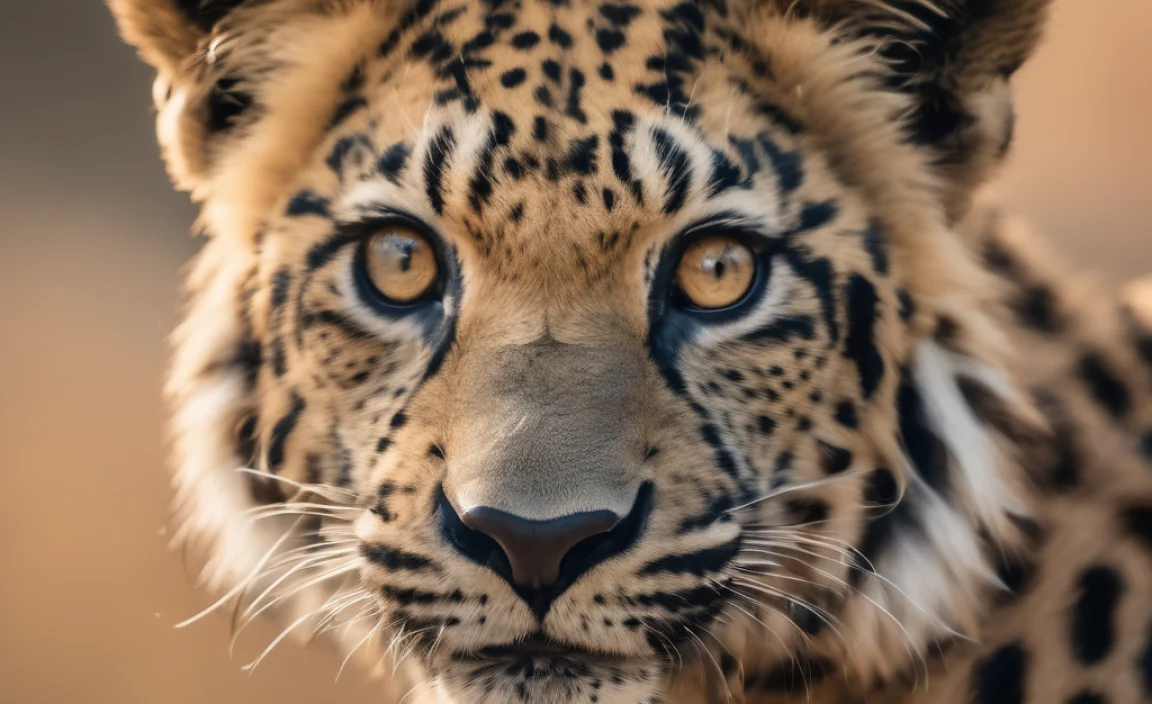
The saola is one of the rarest animals on Earth. It is sometimes called the “Asian unicorn.” The saola lives in the forests of Vietnam and Laos. It has two long, parallel horns on its head. These horns make it look mystical and different from other animals. Saolas are very shy and have been seen only a few times by people.
- Saolas are critically endangered.
- They have a gentle nature.
- Saolas are herbivores, eating leaves and plants.
- They live in dense forests and hills.
- Saolas are affected by hunting and habitat loss.
The saola was discovered only in 1992. Scientists know very little about it because it is so elusive. Its habitat is threatened by logging and hunting. Conservationists are trying to protect these forests. Every sighting of a saola is considered a great event.
Fun Fact or Stats : The saola has been called the rarest large mammal in the world!
Where Do Saolas Live?
Saolas live in the Annamite Range, a mountain range in Southeast Asia. This area is rich in biodiversity but is under threat. Logging and road construction are destroying their habitat. Protecting their forest home is crucial for their survival. Efforts to create conservation areas are ongoing.
Why Are Saolas Endangered?
Saolas face threats from habitat loss and hunting. People hunt them for their horns. Logging activities are also destroying their natural habitat. Conservationists are creating protected areas to help save the saola. Will these actions be enough to save them?
How Did Scientists Discover Saolas?
Saolas were discovered in 1992 by a team of scientists. They found saola remains in a hunter’s house. This discovery shocked the world because it’s rare to find a new large mammal. Since then, scientists have tried to learn more about the saola. However, sightings are still very rare.
Conclusion
Learning facts about rare animals opens up a world of wonder and mystery. These creatures have unique traits and face many threats. Conservation efforts aim to protect their habitats and ensure their survival. By understanding their challenges, everyone can help make a difference. Let’s protect these amazing animals for future generations.
FAQs
Question: What makes an animal rare?
Answer: Animals are considered rare if they have small populations. They usually live in limited areas. Many rare animals face threats from habitat loss and hunting. Conservation efforts are necessary to protect these unique creatures.
Question: Why are axolotls critically endangered?
Answer: Axolotls are endangered due to habitat destruction and pollution. They live in a small area in Mexico City that is shrinking. Conservation efforts aim to clean and protect their environment. Learning facts about rare animals like the axolotl helps raise awareness.
Question: How do conservationists help vaquitas?
Answer: Conservationists work to remove illegal fishing nets that trap vaquitas. They also raise awareness about the vaquita’s situation. International cooperation is necessary to enforce stricter fishing laws. Protecting vaquitas requires ongoing efforts from all over the world.
Question: What is special about aye-ayes?
Answer: Aye-ayes have unusual long fingers for finding insects in trees. They use a unique method called percussive foraging. Aye-ayes are nocturnal and live only in Madagascar. They face threats due to superstition and habitat loss.
Question: Why is the saola called the “Asian unicorn”?
Answer: The saola is called the “Asian unicorn” because of its rare and mystical appearance. It has two long, parallel horns, resembling the mythical unicorn. Saolas are very elusive and have been seen only a few times. They live in the forests of Vietnam and Laos.
Question: How can kids help protect rare animals?
Answer: Kids can help by learning and sharing facts about rare animals. They can support wildlife conservation organizations. Reducing waste and recycling helps preserve animal habitats. Every small action can contribute to saving these amazing creatures.


